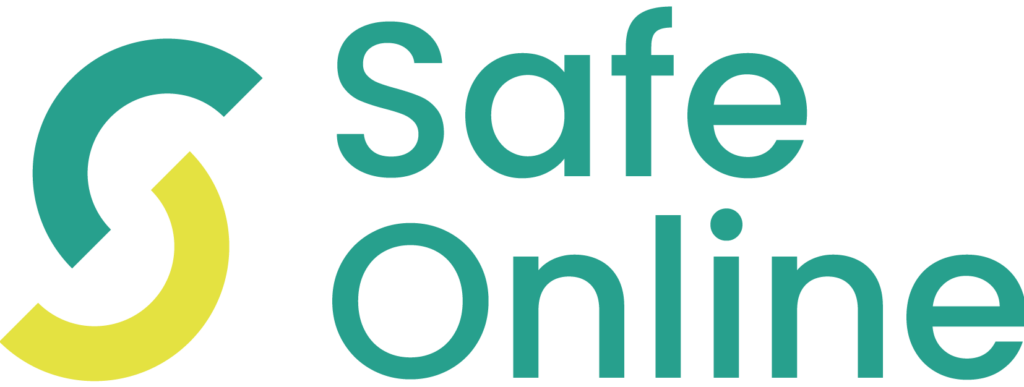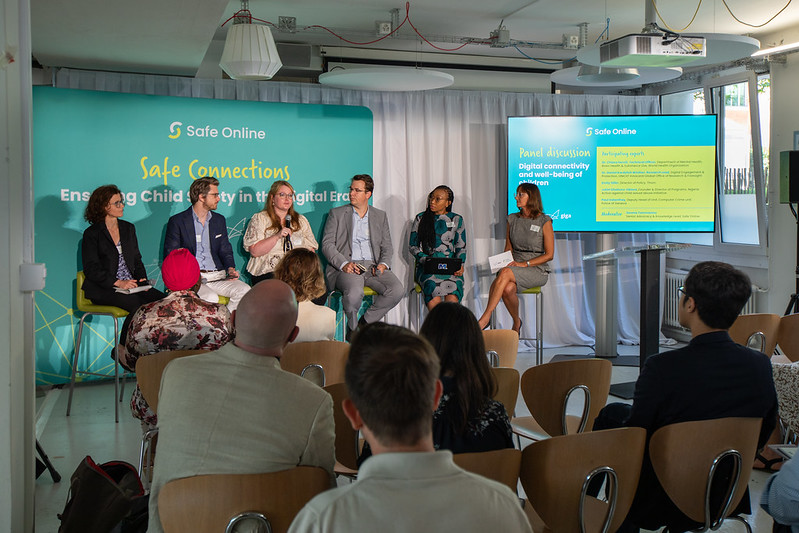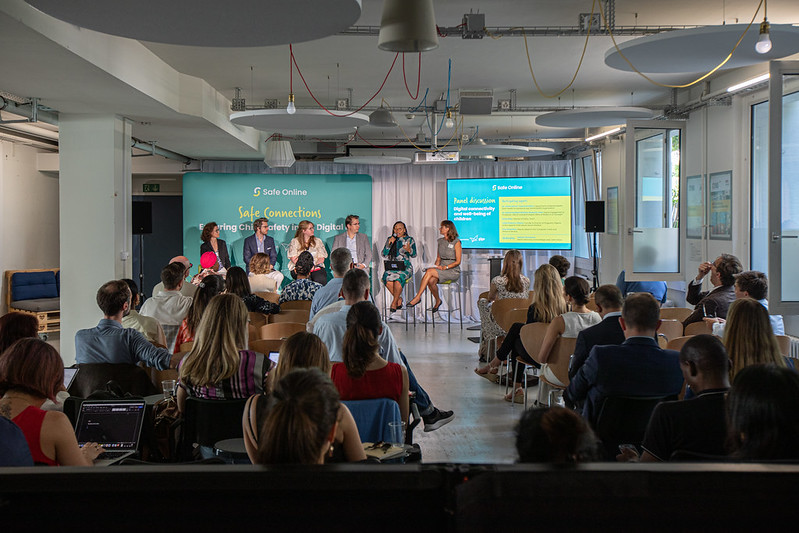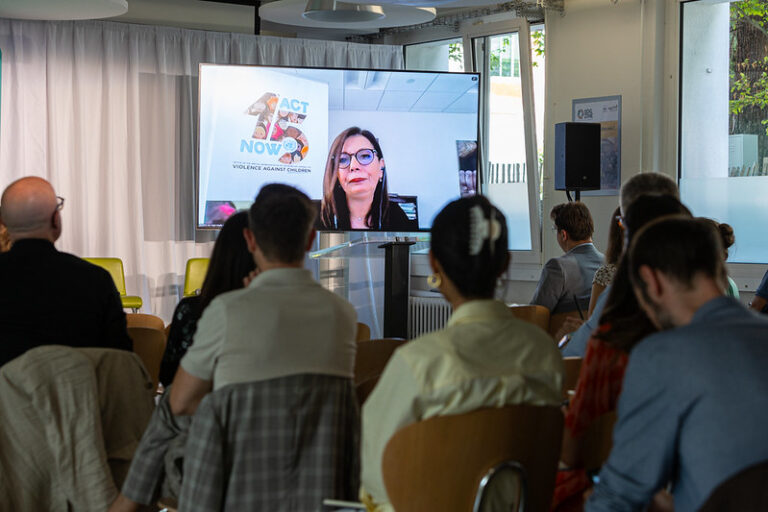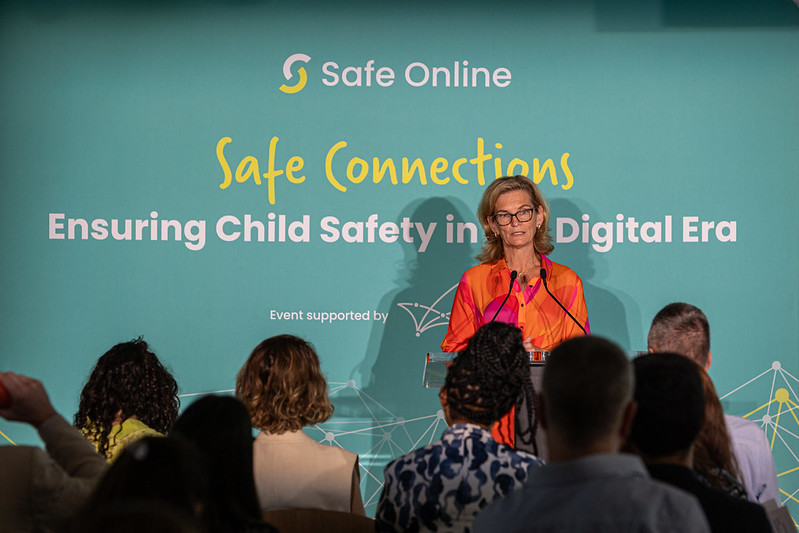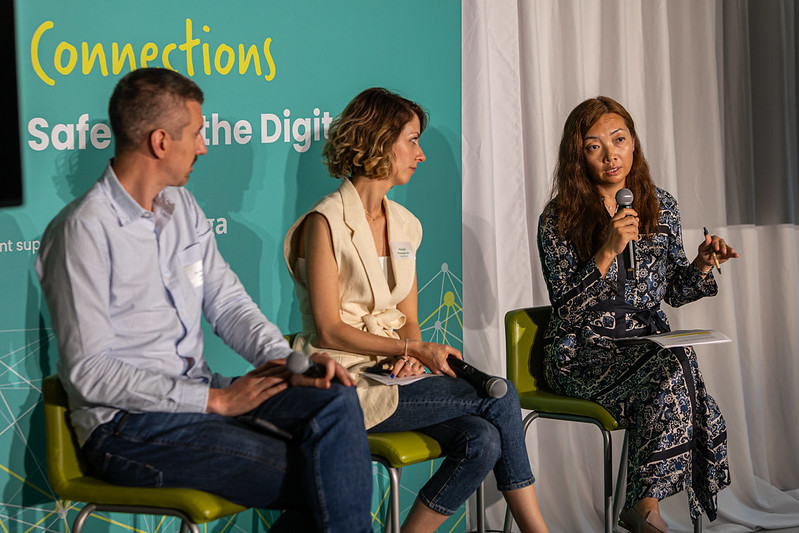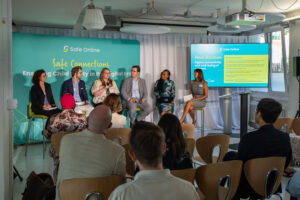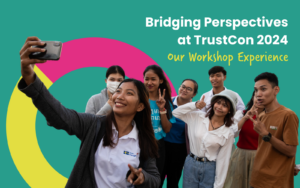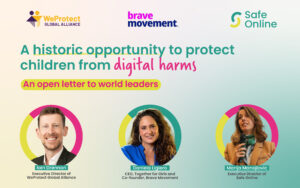Bridging Perspectives at TrustCon 2024: Our Workshop Experience

How can researchers and industry professionals effectively collaborate to tackle digital harms? What are the best practices for creating safe online spaces for children? How can we foster trust and communication among stakeholders in the tech and safety sectors? These were some of the critical questions that Safe Online and the Tech Coalition aimed to address during our workshop at TrustCon 2024 in San Francisco on Tuesday, 23rd July.
Read on to discover the insights and outcomes from this pivotal event.
Kicking Off at TrustCon 2024
TrustCon 2024, one of the leading events in the Trust & Safety community attended by over 1300 participants, provided an amazing platform for engagement and collaboration among professionals from various sectors. Our workshop was a blend of fireside chat, lightning talks, and breakout sessions for Q&A with researchers, ending with an energetic brainstorming session. Our room was full with nearly 50 participants — a great mix of Trust and Safety (T&S) professionals, tech industry leaders, Civils Society Organisations (CSOs), NGOs, and academic researchers.
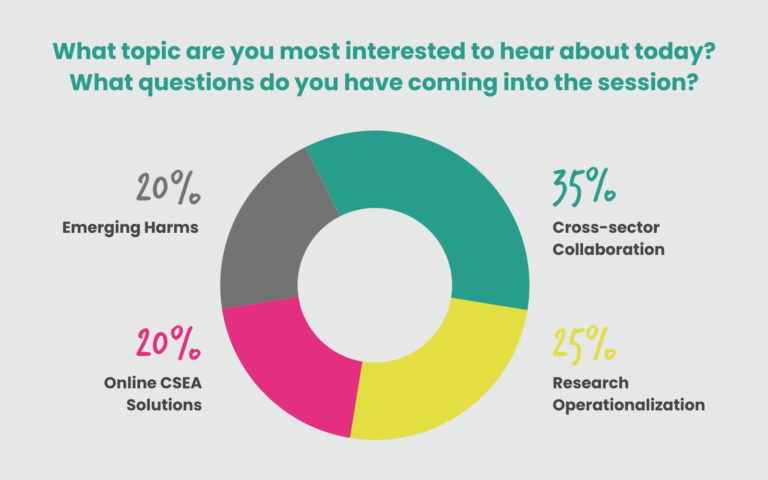
What Did We Achieve in the Workshop?
During our workshop, we focused on finding effective ways for researchers and industry professionals to collaborate and exchange ideas to combat digital harms. A big highlight was our discussion on the Tech Coalition Safe Online Research Fund. Alicia Blum-Ross, Global Head of Youth Safety by Design at Tik Tok (a Tech Coalition member company), and one of the tech industry representatives whose leadership has been crucial to push forward the Research Fund and support independent research joined Kay Chau, VP of Programs and Member Success for the Tech Coalition, and Natalie Shoup, Industry & Data Lead for Safe Online to share more on the origins, evolution and impact of the Research Fund to date. This fund is a neutral platform that aims to promote productive and meaningful collaboration between tech industry professionals and researchers. It specifically targets online child sexual exploitation and abuse (CSEA), but its structures and processes can be applied more broadly across the T&S community, bridging the gap between independent research and industry policy and practice.
Diving Into Online Child Safety
Our workshop featured some incredible presenters, including grantees of our Research Fund, sharing their groundbreaking work on online child safety:
- Caoilte Ó Ciardha from the University of Kent discussed deterrence and help-seeking strategies with potential offenders.
- Angela Castillo Aguirre from Universidad de los Andes explored ways to detect offender behaviour and patterns.
- Anil Raghuvanshi from ChildSafeNet talked about enhancing the role of parents in protecting children online.
- John Zoltner from Save the Children shared youth perspectives on online grooming across cultural contexts.
These presentations highlighted the importance of multidisciplinary approaches and the value of diverse perspectives in tackling online CSEA. Participants were able to dive deeper into the findings as they moved around the room and engaged with researchers.
"It was so energising to be making vital connections across the CSEA and broader T&S ecosystem, hearing how industry is applying research from our grantees, which often complements their internal efforts. The true multidisciplinary nature of this work was on full display. It was inspiring to see our growing community - both new and familiar faces - come together to discuss cross-sector collaboration, pioneering online child safety strategies, and more."
Natalie Shoup, Industry and Data Lead, Safe Online
Let’s Brainstorm!
One of the most insightful parts of our workshop was the brainstorming session. We wanted to see how the insights from our research-industry engagement experiences could be applied across the broader T&S space. Participants identified barriers to effective collaboration, such as differing timeframes, sector-specific approaches, varied terminology, unclear objectives, and legal ambiguities, all of which can lead to mistrust and capacity issues. We also discussed existing solutions, with the goal of co-creating shared principles and approaches for cross-sectoral collaboration. This interdisciplinary and cross-sectoral discussion was exactly what we aimed to achieve.
Key takeaways for this shared vision was summarised as BRIDGE:
- Building trust and safe spaces for all stakeholders
- Rallying around shared objectives
- Initiating multidirectional knowledge exchange
- Developing a culture of discovery
- Generating tailored, curated resources
- Elaborating clear standards and legal frameworks
The BRIDGE acronym aligns perfectly with our workshop and Research Fund objectives, as it embodies our mission to BRIDGE worlds and fields that traditionally work in silos, fostering better collaboration and impact.
One specific example from the workshop around “Generating tailored, curated resources” was the suggestion to use a tool that can filter resources based on participants’ needs and interests. This innovative idea highlights the importance of delivering resources that are specifically designed to meet the diverse requirements of different stakeholders, ensuring that everyone has access to the most relevant and useful information.
Additionally, under “Rallying around shared objectives” participants emphasised the value of sharing success stories to secure funding and support. By highlighting effective strategies and positive outcomes, stakeholders can learn from each other’s experiences and build a stronger, more informed community committed to tackling digital harms.
"Research is a foundational part of our work to combat online child sexual exploitation and abuse. Actionable insights from researchers are critical to informing improvements across the entire child safety ecosystem. This workshop is a great example of the impact of convening diverse stakeholders and fostering collaboration.”
-Kay Chau, Vice President of Programs and Member Success, Tech Coalition
Wrapping up: What’s Next?
The principles and approaches discussed during the workshop will shape our future efforts and the design of collaborative spaces such as the upcoming Tech Coalition Safe Online Research Fund Convening in October which will be hosted by Google in London on the margins of the Tech Coalition Initiate Hackathon. We’d love to know your thoughts on whether we have been able to address the questions we sought out to explore, so if you have any thoughts or suggestions, please reach out to our team. And if you can think of more we can add to BRIDGE, we’d love to hear your creative ideas!
TrustCon 2024 showed us the power of collaboration and the importance of bringing together diverse voices to tackle complex issues in online safety. We hope everyone came out of the session a little more hopeful, curious, and energised than they came in. We look forward to continuing these essential conversations and working together to create safer online environments for everyone!
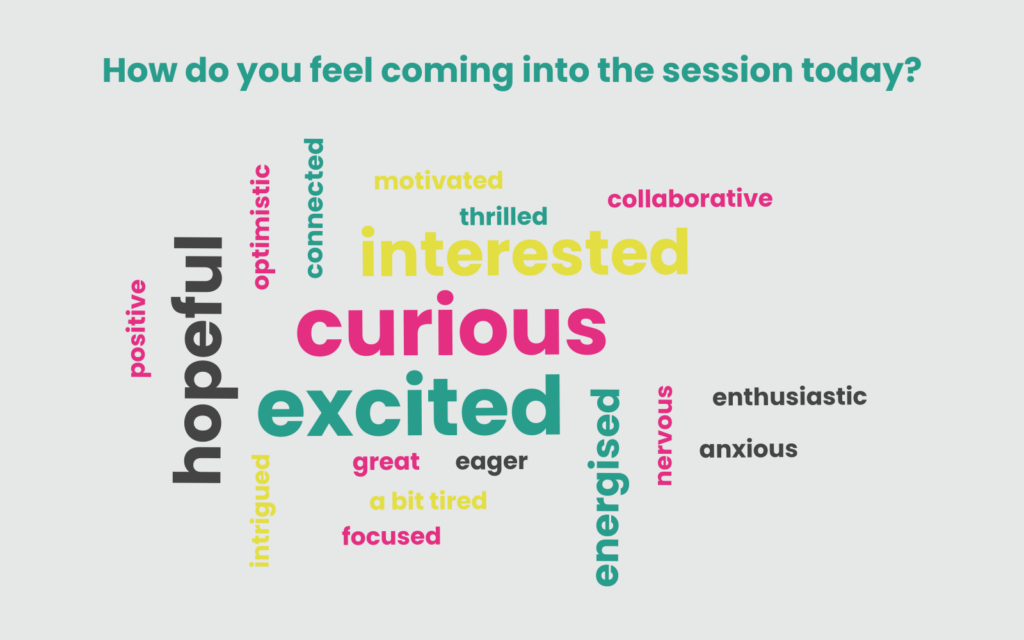
See more stories from our family of grantees
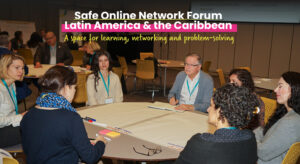
Safe Online Network Forum Latin America & the Caribbean
As 2024 comes to a close, we find ourselves reflecting on a year marked by both immense challenges and significant opportunities in safeguarding children in an increasingly digital world. The rapid evolution of technologies—such as Generative AI and extended reality platforms—has reshaped our digital landscape, offering immense potential but also exacerbating the risks children face online. While these technological advancements promise to change lives for the better, they also outpace our collective ability to protect children from harm, presenting critical questions about how we mobilize the necessary resources to respond.
Recap blog- 2024 Tech Coalition Safe Online Research Fund Convening
The Tech Coalition and Safe Online were proud to host the 2024 Tech Coalition Safe Online Research Fund Convening in London on October 1. Over 50 attendees were present, representing all 13 grant projects from the Tech Coalition Safe Online Research Fund as well as more than a dozen leading tech companies. The Convening successfully combined research insights with industry expertise to drive outcomes that will protect children from online sexual exploitation and abuse.
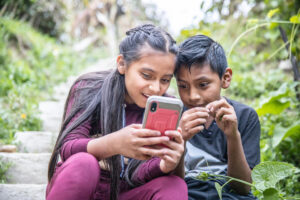
Tech Coalition Safe Online Research Fund announces additional funding of US $500k to select existing grantees for research extension, product development & innovation
The Tech Coalition Safe Online Research Fund is granting 4 awards to further accelerate the work of organisations from the first cohort of grantees. The additional funds will be for a duration of 12 months and will support projects to extend research to applications such as piloting solutions, technical collaboration and innovation efforts.
